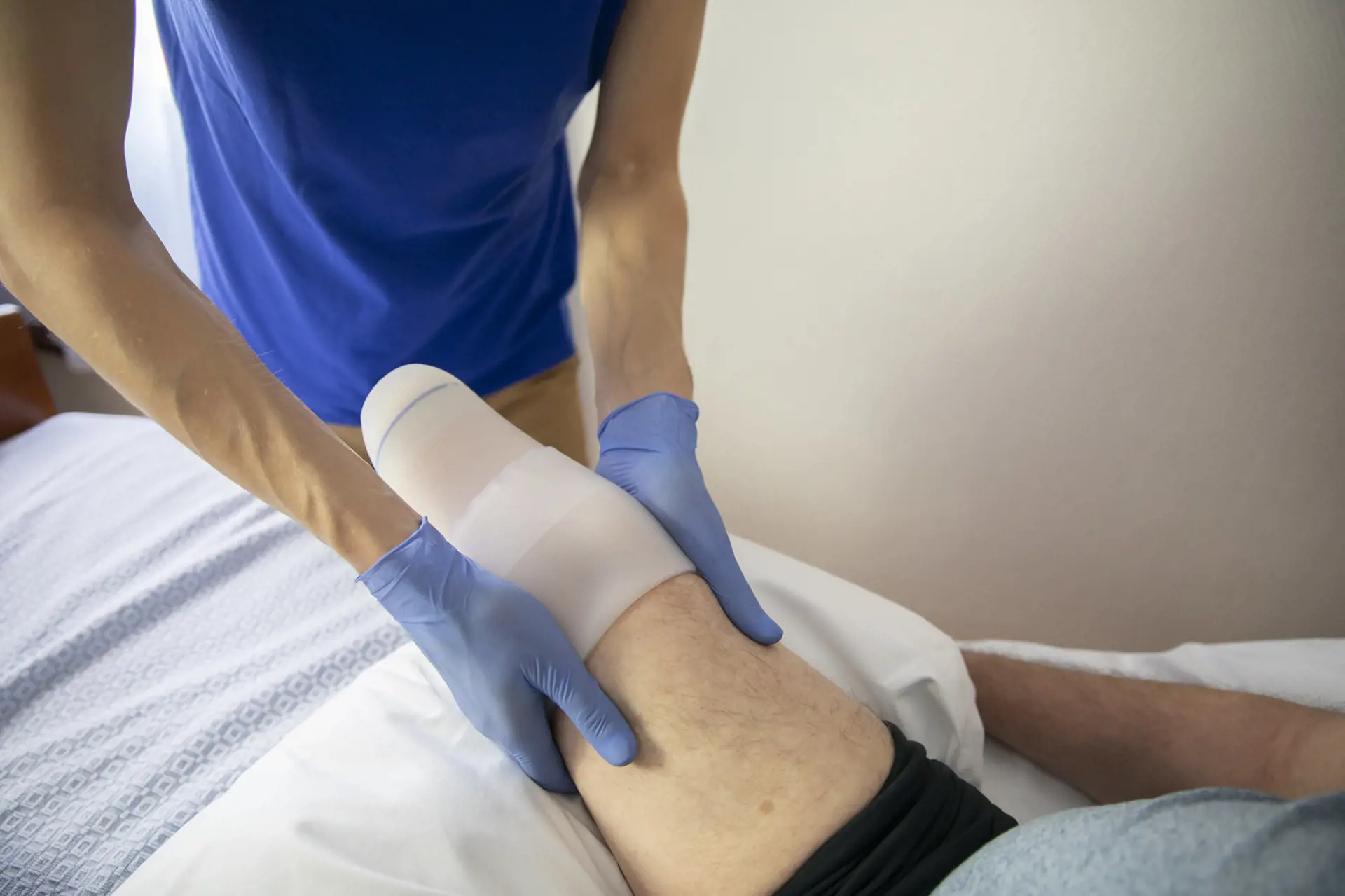Welcome To Amputee Care Center
powered by Spronken

Preventing swelling at the level of the stump will initially accelerate wound healing, but also prevents additional wound and stump pain.
It is possible that phantom pains may occur after the amputation. The severed nerves continue to transmit stimuli to the brain as if the amputated body part is still there. The phantom limb may therefore feel strange or painful. In most cases, this pain will disappear by itself in time. The degree to which pain was present in the original limb before amputation often determines the severity of phantom pain after amputation.
The vacuum dressing and liner are part of the Amputee Care Center’s standardised, science-backed approach. Would you like to know more about this? Please contact us.
Optimal recovery and rehabilitation after leg amputation require a standardised, multidisciplinary approach. In collaboration with the physicians and physiotherapists who guide our patients, we base ourselves on the most modern guidelines of amputation care* (reference 2022 below).
Our goal is to create the best possible conditions through active therapy. The success of active therapy is based on the success of the preparatory approach, in which:
It is important to start kinesiotherapy/mobilisation as soon as possible after amputation and to continue it throughout the rehabilitation process. The goal of kinesiotherapy is to give the patient more self-confidence and provide the best possible preparation for use of the prosthesis. The main objectives are:
The rehabilitation team (physician-kinesiologist-prosthetist) will discuss with you which prosthesis and aids are most suitable for you. The needs are strongly determined by your physical condition, the level of amputation and the amputation stump. Depending on your personal situation, after discharge from the hospital, rehabilitation may continue in a rehabilitation centre or a specialist outpatient clinic, supported by the prosthetists of the Amputee Care Center.
*Fard et al., Amputation and prosthetics of the lower extremity: The 2020 Dutch evidence-based multidisciplinary guideline, Prosthet Orthot Int. 2022 Sep 15
